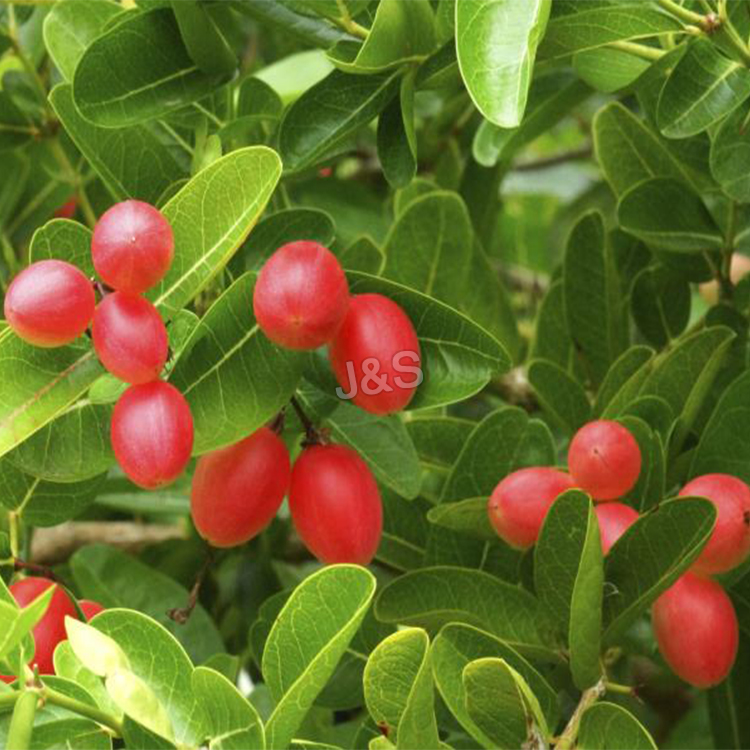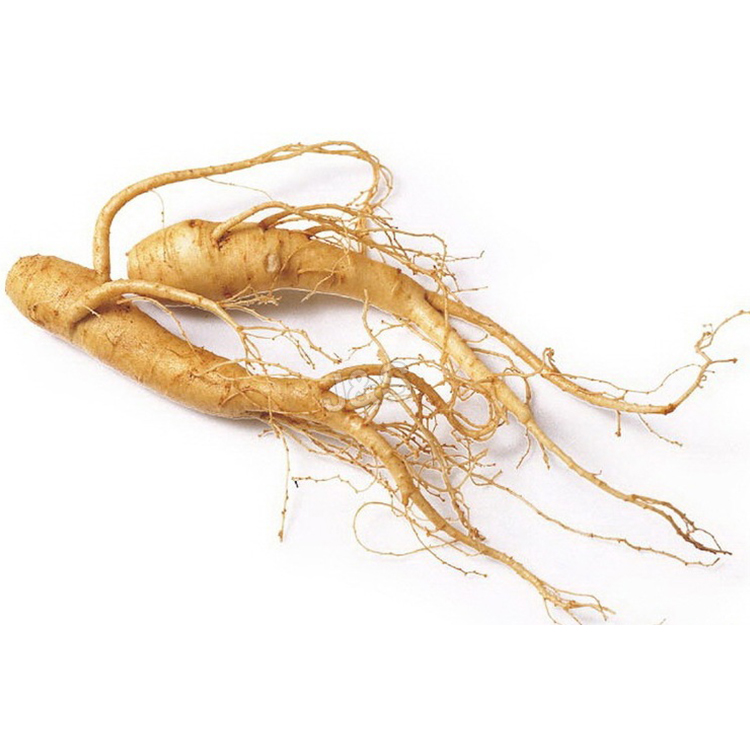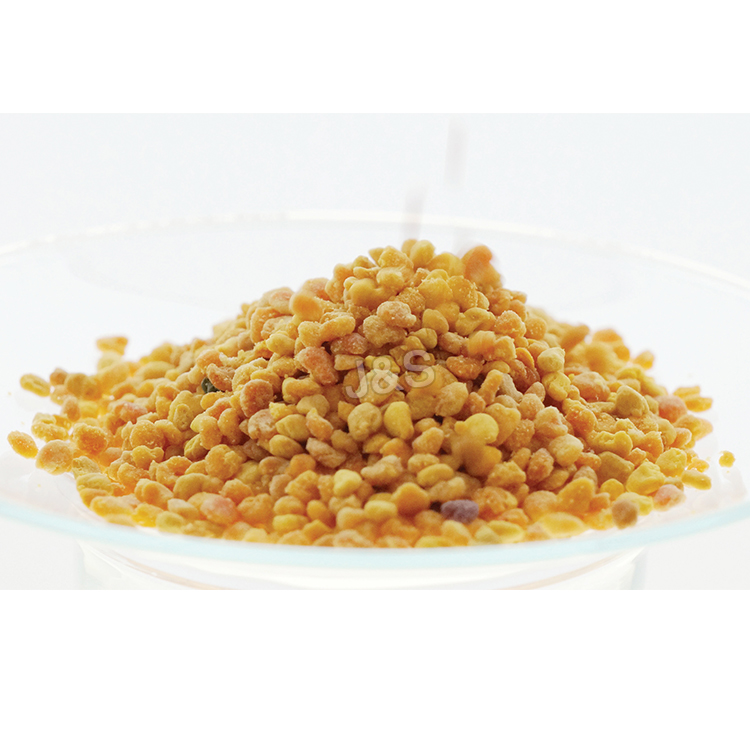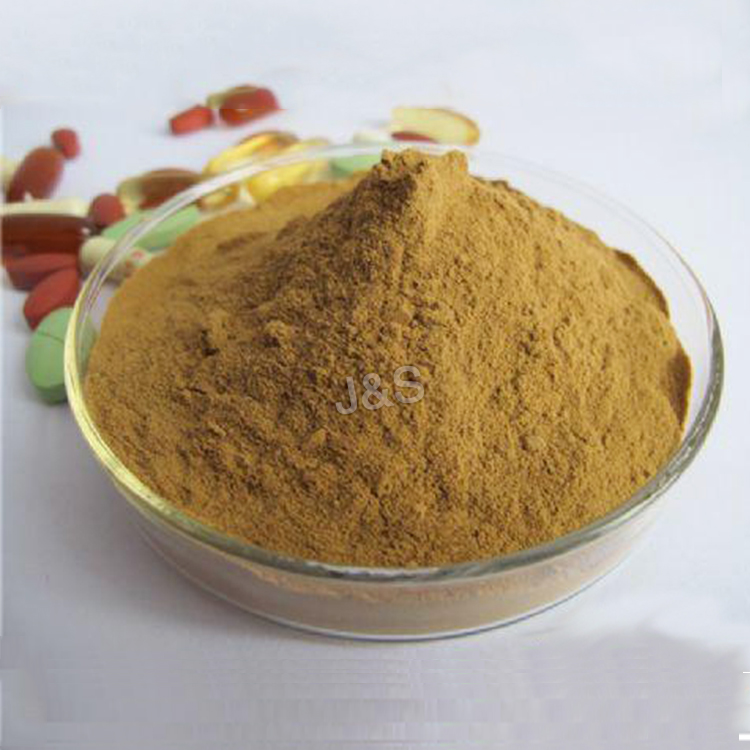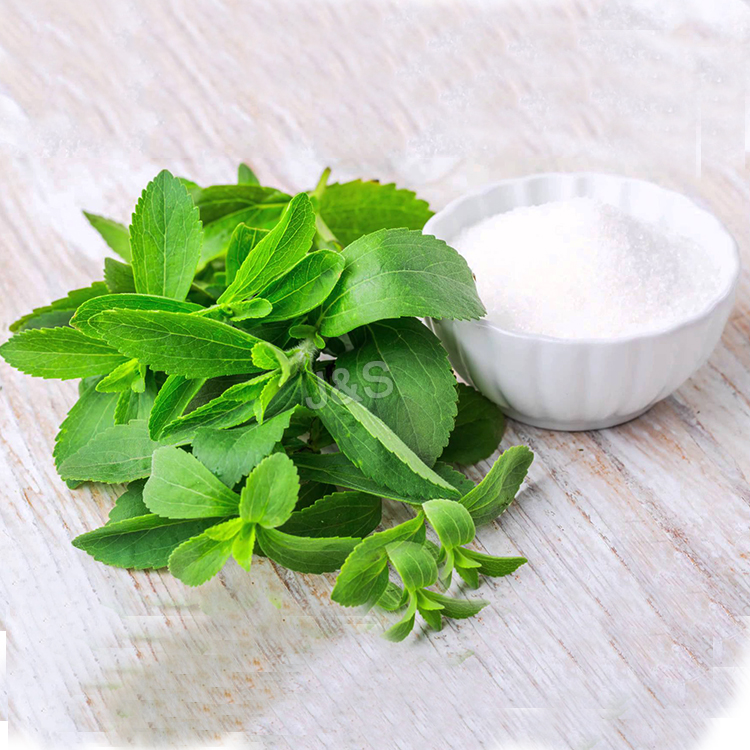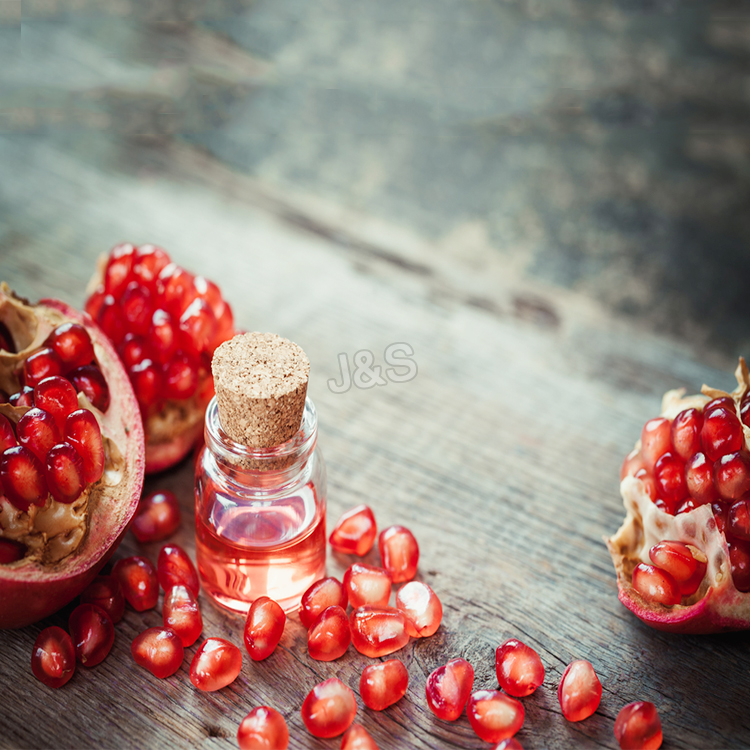Hot-selling attractive Ginger Root Extract Factory in Kuwait
Hot-selling attractive Ginger Root Extract Factory in Kuwait Detail:
[Latin Name] Zingiber Officinalis
[Specification] Gingerols 5.0%
[Appearance] Light yellow powder
Plant Part Used: Root
[Particle size] 80Mesh
[Loss on drying] ≤5.0%
[Heavy Metal] ≤10PPM
[Storage] Store in cool & dry area, keep away from the direct light and heat.
[Shelf life] 24 Months
[Package] Packed in paper-drums and two plastic-bags inside.
[Net weight] 25kgs/drum
[What is ginger?]
Ginger is a plant with leafy stems and yellowish green flowers. The ginger spice comes from the roots of the plant. Ginger is native to warmer parts of Asia, such as China, Japan, and India, but now is grown in parts of South American and Africa. It is also now grown in the Middle East to use as medicine and with food.
[How does it work?]
Ginger contains chemicals that may reduce nausea and inflammation. Researchers believe the chemicals work primarily in the stomach and intestines, but they may also work in the brain and nervous system to control nausea.
[Function]
Ginger is among the healthiest (and most delicious) spices on the planet.It is loaded with nutrients and bioactive compounds that have powerful benefits for your body and brain.Here are 11 health benefits of ginger that are supported by scientific research.
- Ginger Contains Gingerol, a Substance With Powerful Medicinal Properties
- Ginger Can Treat Many Forms of Nausea, Especially Morning Sickness
- Ginger May Reduce Muscle Pain and Soreness
- The Anti-Inflammatory Effects Can Help With Osteoarthritis
- Ginger May Drastically Lower Blood Sugars and Improve Heart Disease Risk Factors
- Ginger Can Help Treat Chronic Indigestion
- Ginger Powder May Significantly Reduce Menstrual Pain
- Ginger May Lower Cholesterol Levels
- Ginger Contains a Substance That May Help Prevent Cancer
- Ginger May Improve Brain Function and Protect Against Alzheimer’s Disease
- The Active Ingredient in Ginger Can Help Fight Infections
Product detail pictures:
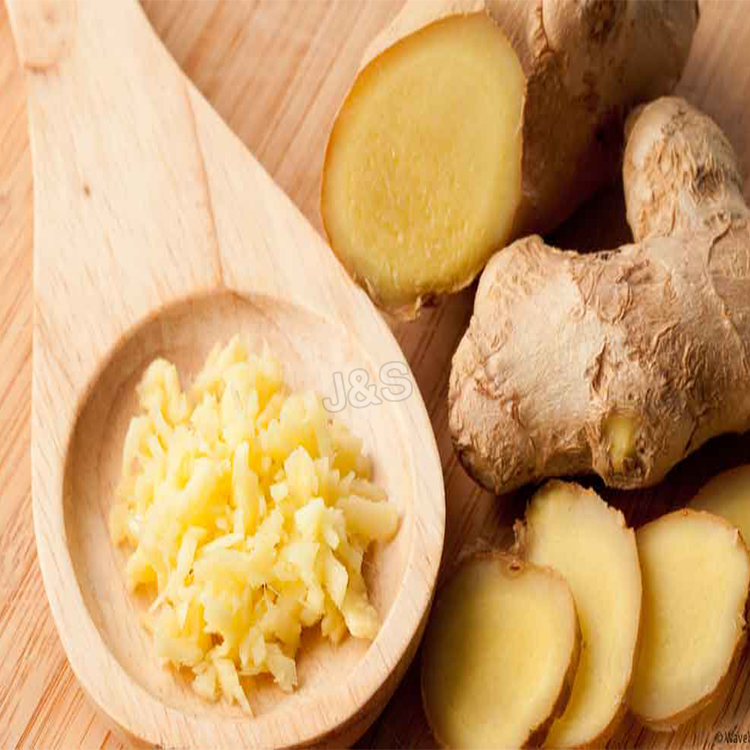
Related Product Guide:
With our loaded encounter and considerate services, we have now been recognized as a trustworthy supplier for lots of worldwide consumers for Hot-selling attractive Ginger Root Extract Factory in Kuwait , The product will supply to all over the world, such as: Greenland, Karachi, Czech Republic, Based on our automatic production line, steady material purchase channel and quick subcontract systems have been built in mainland China to meet customer's wider and higher requirement in recent years. We have been looking forward to cooperating with more clients worldwide for common development and mutual benefit!Your trust and approval are the best reward for our efforts. Keeping honest, innovative and efficient, we sincerely expect that we can be business partners to create our brilliant future!
Top 10 Best coffee bean extract liquid Seller on Amazon (Reivew) 2017
Check Price Below⬇⬇⬇
1.Eco Pure Health Green Coffee Bean Extract – Pure Natural Appetite Suppressant – 50% Chlorogenic Acid – 60 Veggie Capsules
https://www.amazon.com/dp/B015NW2BN8?tag=nbtkyou-20
2.Pure SVETOL Green Coffee Bean Extract – All natural Weight loss supplement with Antioxidant GCA | 30 day supply with 60 capsules by Govivo
https://www.amazon.com/dp/B00Q3Y4S5U?tag=nbtkyou-20
3.800MG Pure Green Coffee Bean Extract with 50% CGA-For Weight Control- 60 VEGGIE CAPSULES- By Wellsome Nutrition
https://www.amazon.com/dp/B019R0W4GQ?tag=nbtkyou-20
4.Pure Green Coffee Bean Extract – Natural Weight Loss Supplement – Best Diet Pills for Men & Women – Burns Fat Fast – Extra Strength Metabolism Booster – 800 mg – 60 Capsules – By Nature Berg
https://www.amazon.com/dp/B01N44L612?tag=nbtkyou-20
5.Potent Organics 100% Pure Green Coffee Bean Extract – Standardised to 50% Chlorogenic Acid – High GCA (patented extract). 60 Veg Caps
https://www.amazon.com/dp/B00TKHLQIO?tag=nbtkyou-20
6.Pure Garcinia Cambogia Extract + Green Tea Raspberry Ketones + Green Coffee Bean Extract – Extra Strength Potent And Pure Blend Formula For Weight Loss In Men And Women By Natures Design
https://www.amazon.com/dp/B01KHBFR8G?tag=nbtkyou-20
7.Super Garcinia Cambogia 300 Liquid (50% HCA) with Green Coffee Bean Extract (50% Chlorogenic Acid) Weight Loss Diet Drops – 2fl Oz (60ml)
https://www.amazon.com/dp/B00IOWZGDM?tag=nbtkyou-20
8.Best Seller Green Coffee Bean Extract for Weight Loss Dietary Supplement Maximum Strength Vitamins #1 Antioxidant Increase Energy Boost Metabolism Control Hunger for Women & Men by Huntington Labs
https://www.amazon.com/dp/B01CKHUW3A?tag=nbtkyou-20
9.Green Coffee Bean Plus – Pure Natural Weight Loss Supplement – Coffee Beans Extract Powder Pills – Burns Fat Better than Tea & Liquid Oil – Pharmaceutical Grade
https://www.amazon.com/dp/B01HQGTBZK?tag=nbtkyou-20
10.Green Coffee Bean Extract | 50% Chlorogenic Acid | Pure Green Coffee Extract in 60 Capsules | Green Coffee Bean Extract 800 With GCA | Helps Lose Weight & Burn Fat | 100% Money Back Guarantee
https://www.amazon.com/dp/B01AYF1ZJU?tag=nbtkyou-20
In our cooperated wholesalers, this company has the best quality and reasonable price, they are our first choice.


